Journey Through the Chakras Class Notes
- Jerry Givens

- Mar 26, 2017
- 3 min read
Earlier this year, I taught an 8-week course on Chakra system during my Monday night Yoga & Meditation class at Namaste Rockridge and I'd like to share with you notes from the sessions as an introduction to the chakras for curious seekers. Enjoy the journey!
---

JOURNEY THROUGH THE CHAKRAS
“Chakra” literally means “Wheel”. They are spinning vortexes composed of Prana (vital energy), Chitta (the storehouse of past and present impressions) [mind is in the chakra], and Tattwa (elements, therefore capable of manifesting). There are 108 chakras in the body, but we’ll only focus on 8 of them.
1. Muladhara (stability)
Muladhara is the “root center” and is located at the center of the perineum for men and at the tip of the cervix for women. Governs survival, safety, security, groundedness, and tribalism.
Poses that activate and clear Muladhara: Salabhasana (locust), Malasana (frog squat), Kapotasana (pigeon), Paschimottanasana (seated forward bend), Supta Padangusthasana (reclined leg extension)
2. Svadhisthana (preferences)
Svadhisthana the center of “attraction and repulsion”, when out of balance nothing is ever enough. We spend our time rejecting what we don’t like and embracing what we do. Literally, translates to mean “her special abode”. Located at the base of the spine. Governs preferences, creativity, sensuality, rejuvenation, sexuality, and delighting of the senses.
Poses that activate and clear Svadhisthana: Salabhasana (locust), Prasarita Padottanasana (Standing Wide-leg Forward bend), Anjaneyasana (runner’s lunge), Baddha Konasana (seated butterfly), Upavista Konasana (seated wide leg forward fold), Frog Pose
3. Manipura (identity)
Manipura is the seat of fire, illumination, and clarity. Translates to mean “city of gems” and express the radiant splendor of personality. It’s located 2 fingers’ width below the navel. Governs identity, self-esteem, empowerment, confidence, commitment, and decisiveness.
Poses & exercises that activate and clear Manipura: Paripurna Navasana (full boat pose), Mayurasana (peacock pose), Parivrtta Trikonasana (revolved triangle), Marichyasana III (seated twist), Kapalabhati (the breath of fire)
4. Anahata (compassion)
Anahata is the spiritual center of the body where no pain can enter. Translates to me “unstruck sound” and is located at the center of the chest. Governs curiosity, compassion, forgiveness, acceptance, understanding, optimism, joy, peace, unconditional love, wisdom.
Poses & Exercises that activate and clear Anahata: Virabhadrasana 1 (Warrior 1), Utkatasana (Chair Pose), Setu Bhandasana (Bridge Pose), Ustrasana (Camel), Wild Thing pose
5. Vishuddha (truth)
Vishuddha is the seat of Truth and the purification of will. It means “Purified” and is located at the throat center. Governs truth, reason, self-expression, purified expression of the second chakra preferences, balance between the heart and head, expression of creativity.
Poses & Exercises that activate and clear Vishudda: Matsyasana (fish pose), Setu Bandhasana, Marichyasana (bound seated forward fold), Bharadvajasana (bound seated twist), Sarvangasana (shoulder stand)
6. Ajna (intuition)
Ajna is at the third eye center, located where the right and left optic nerves cross in the brain. Translates to mean “I command” and governs intuition, cognition, visualization, imagination, perception, Truth, clairvoyance, scale view of life (objectivity)
Poses & Exercises that activate and clear Ajna: Sirsasana (headstand), Rabbit pose, Kapalabhati (breath of fire), sukhasana (meditative seat)
7. Sahasrara (liberation)
Sahasrara is a 1000 petal lotus that will only open when all other chakras are in balance. It’s the point through which prana is drawn from the universe. Located at the crown of the head, it governs boundlessness, connection to divinity, cosmic consciousness, transcendence of time and space, transcendence.
Poses & Exercises that activate and clear Sahasrara: Sirsasana (head stand), Rabbit Pose, Matsyasana (fish pose), Surya Namaskara (sun salutations), Chandra Namaskara (moon salutation), Yoga Nidra
8. Bindu Visarga (source of creation)
Bindu Visarga means “the heavenly drop” and is located high on the back of the head. It’s the point of emptiness where divine information can be dropped (Amrit). The source of creation. The point through which all elements manifest.
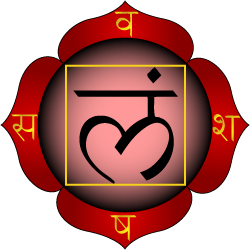

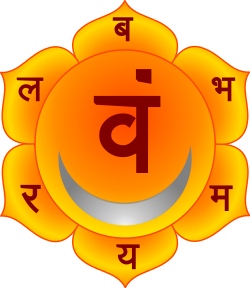

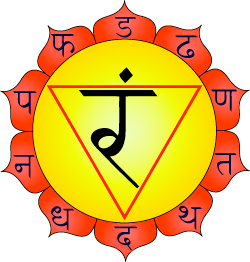



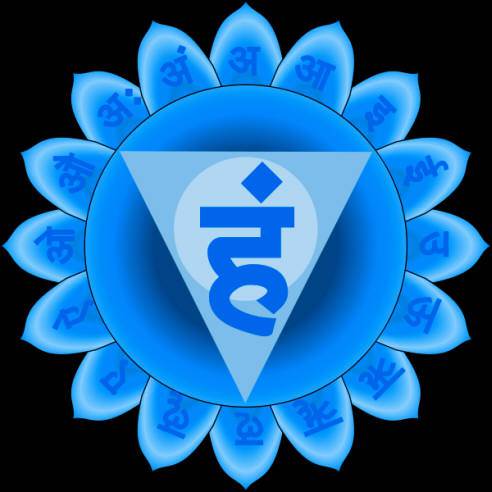
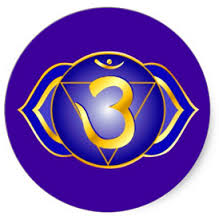
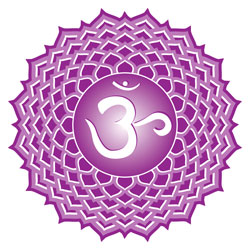

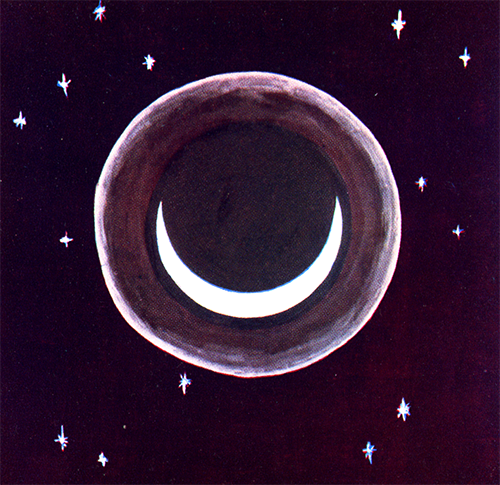

Comments